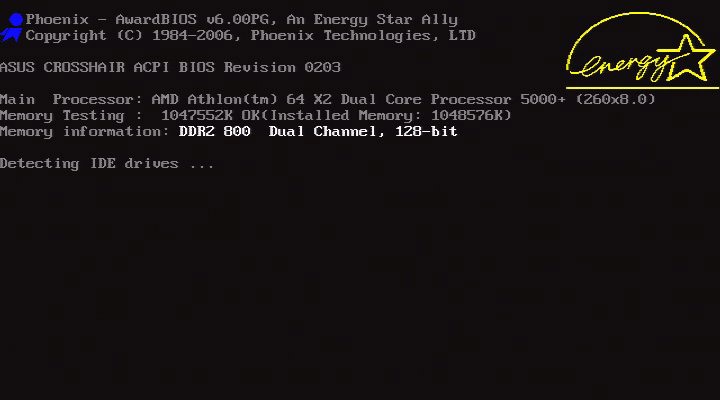I don’t know about you, but I find myself restarting my computer a lot in the last several months. In fact I just finished doing it before writing this article. There’s no really established rule about when to restart your devices, though. I guess I’m as much of an expert as anyone else on this, so here are the guidelines I follow.
PCs and traditional computing devices
The thing with traditional computers is, they will pretty much tell you they need to be restarted. I know mine does. It says it will restart outside active hours, which is fine with me. Sometimes it just says it needs to be restarted. I find that one or the other thing happens about once a week now. So it’s not worth worrying about. The device more or less does it.
If you are a Chrome user who keeps their browser open all the time, you may notice a small bubble at top right that says “Update.” Chrome and other browsers automatically update when they are quit and restarted. For that reason I recommend quitting the browser once a week just to make sure you’re on the most current version.
Phones and tablets
The manufacturers of your phone and tablet would like you to think you never have to restart them, and never have to quit an app. That’s not exactly true. These devices do work really well compared to traditional PCs, but it’s not fair to say they never need to be restarted.
Both iOS and Android now have the ability to manage memory very well by pausing and offloading apps that aren’t used at the moment. This should mean that you never have to quit any app. I do find my devices work better when I quit apps about once a month. This process does drain the battery a bit more as I relaunch apps, but this happens one app at a time. It’s not something I tend to worry about.
I also restart my devices about once a month. Sometimes it’s for an operating system upgrade or sometimes I’m just thinking about it. I do find the browser works better that way. Restarting the device clears some caches automatically. That can help everything work better.
Home theater gear
Who ever heard of rebooting your TV? Even a decade ago that would have seemed ludicrous. But things have changed. Pretty much every piece of home theater gear you own is now run off a simplified version of Linux, or some other OS. It’s not just your streaming hardware. Developing new home theater gear is so much faster when you’re using Linux as opposed to designing all the computer chips from scratch.
I tend to reboot home theater gear about every 3 months or so. It’s a little bit harder in a sense, but easier in a sense. Keep in mind that most devices don’t really reboot when you “turn them off.” They just go into a low-power mode. The way to reboot them is simple: just unplug them.
You should be aware that this occasionally has weird results. I’ve had TVs change drastically, and had my home theater receiver change settings as well. This is generally due to some sort of corruption in the settings or an unapplied software update. It just happens.
Smart home devices and other home networking
Devices like smart doorbells, thermostats, and outlets can be hard to reboot. Luckily they very rarely need it. I wouldn’t worry about rebooting them on a schedule and instead simply address any problems that come up. These tend to work really well and when they don’t work the option is to factory reset them. As for things like routers and access points, once every three or four months will help them clear out the cobwebs.
Looking for the best devices and accessories?
SolidSignal.com is your home for all the best devices and accessories! You’ll find what you need when you shop our great selection of the best stuff at the best prices. And don’t forget, you get free tech support with every purchase!





